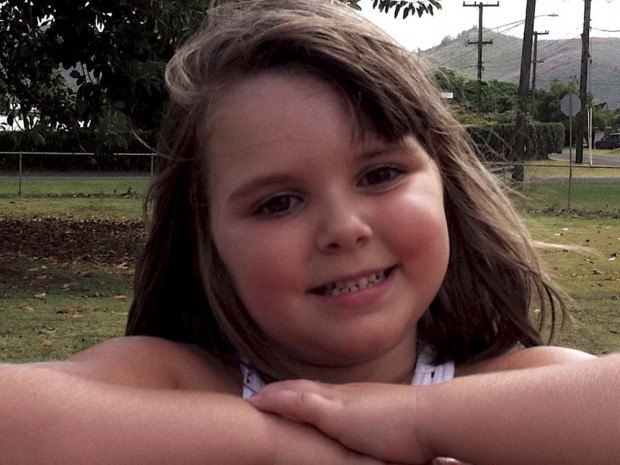HONOLULU — The percentage of Hawai‘i’s children who live in poverty and in single-parent homes have increased in the last decade, according to newly released data that focuses on the recession’s impact on youth. The Baltimore-based Annie E. Casey Foundation
HONOLULU — The percentage of Hawai‘i’s children who live in poverty and in single-parent homes have increased in the last decade, according to newly released data that focuses on the recession’s impact on youth.
The Baltimore-based Annie E. Casey Foundation published the data Wednesday, ranking Hawai‘i 26th overall in key indicators of child health and well-being. Hawai‘i, which placed 11th in the mid-2000s, was one of five states with the biggest drop in rankings.
Two new indicators were in this year’s data to track the impact of the recession — the number of children affected by foreclosure since 2007 and households with at least one unemployed parent. Three percent, or 14,000, of Hawai‘i’s children were affected by foreclosure, mirroring the 4 percent figure nationwide.
The study found an estimated 10 percent, or 25,000, of Hawai‘i children lived in households with at least one unemployed parent in 2010, compared with 11 percent nationwide.
“The fact is Hawai‘i is no different,” said Ivette Rodriguez Stern, Hawai‘i Kids Count director. “It’s the same trend nationwide.”
Youth in Hawai‘i fared better than the rest of the nation in the teen deaths.
The Aloha State’s low teen-death rate was second in the nation. About 39 out of 100,000 teens ages 15-19 died in Hawai‘i in 2007, compared to 62 per 100,000 nationwide. Hawai‘i also saw improvements in the infant mortality and teen birth rates since 2000.
But the economic indicators of children’s well-being are troubling, Stern said.
“After the recession, we’ve slipped down the middle,” she said.
Fourteen percent of Hawai‘i’s children lived in poverty in 2009, an 8 percent increase since 2000. The percentage of children living in single-parent households increased 38 percent.
Highlighting single-parent households doesn’t mean such families are problematic for children, Stern said.
“It’s just to point out those families have less resources. When we look at supporting families, we should also look at supporting single-parent families,” she said.
“Because Hawai‘i does have such a strong focus on ohana and extended families —that’s where a lot of single families may find support.”


